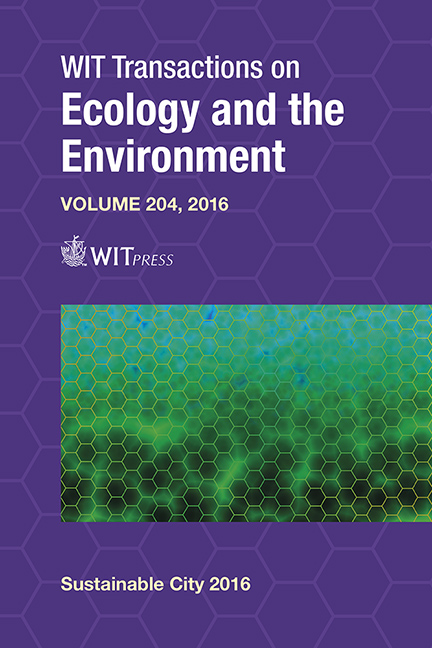Multi-sensorial Network Placement For Building Performance Analysis And Evaluation And Facility Management
Price
Free (open access)
Transaction
Volume
204
Pages
12
Page Range
885 - 896
Published
2016
Size
885 kb
Paper DOI
10.2495/SC160721
Copyright
WIT Press
Author(s)
S. Zikos, A. Tryferidis, S. Krinidis, D. Ioannidis, D. Tzovaras, S. Likothanassis
Abstract
The paper presents the process of placing a multi-sensorial network comprised of a large number of heterogeneous sensors, able to provide accurate information about energy consumption, occupancy, comfort conditions and environmental quality. The proper selection of the sensors’ type and location is very important for the accurate representation of the building information in order that the building’s real conditions are represented properly. The multi-sensorial network consists of multiple heterogeneous sensors, such as depth sensors, PIR motion, door counters, acoustic sensors, RFID, luminance, temperature, CO2, humidity sensors, actuators, etc. and is able to provide in real-time an all-inclusive perspective of the real-life conditions of the building under interest. The selected building information is combined and analysed in order to evaluate and assess its performance related to energy consumption as well as occupants’ comfort and satisfaction. To this end, visual analytics techniques are utilized, which are able to visualize the building information in a comprehensive way, closer to human perception. The building information is visualized in the spatio-temporal domain assisting the analyst to detect patterns that are difficult to be detected otherwise. All this information can be used for the analysis of building’s current performance, and decision making about an operational scenario which can be applied by utilizing the actuators of the multi-sensorial network. Finally, the overall system has been installed and evaluated in real-life conditions at a building comprised of offices, multi-purposed spaces (e.g. kitchen, conference room, etc.) and corridors.
Keywords
sensors, energy consumption, occupancy, building monitoring, visualization





